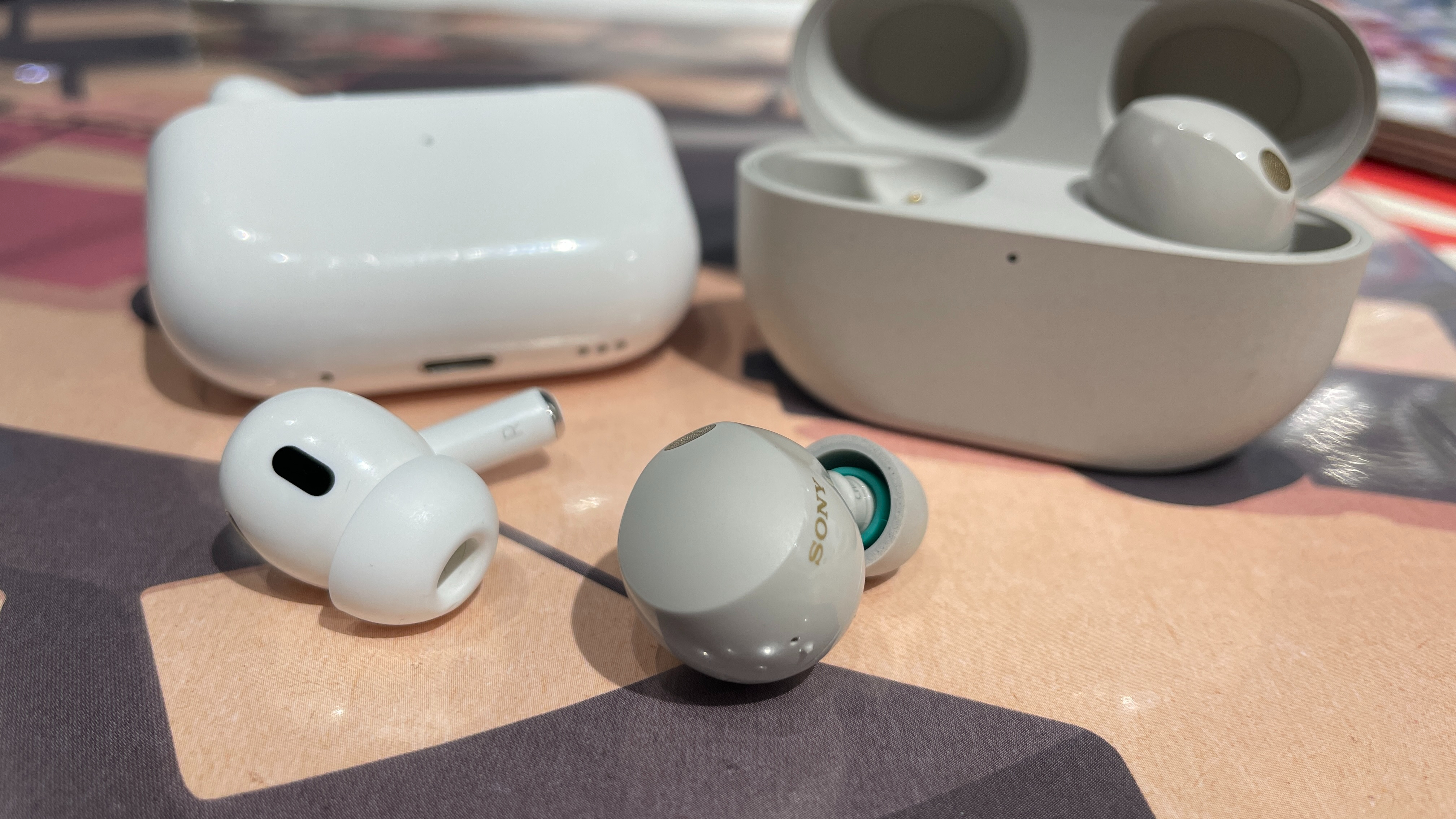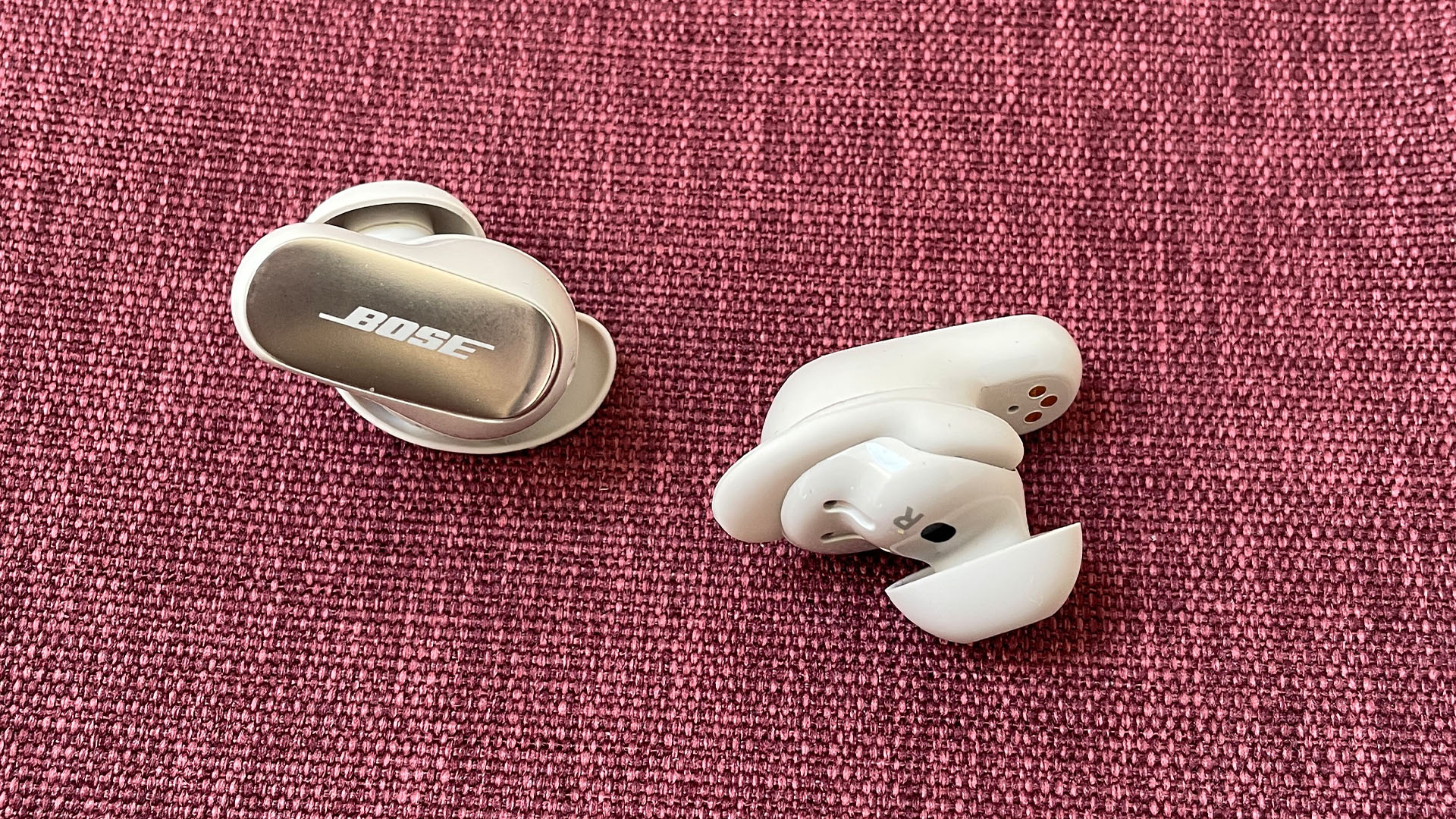
It’s been a hectic time for us What Hi-Fi? staff writers (so I can only imagine what it’s like for the editors). Judging products for the What Hi-Fi? Awards 2023 only concluded a couple of months ago, but no sooner were we removed from that particular metaphorical frying pan than we were launched straight into the joy that is the Black Friday deals period. It’s been all go, as they say.
What this busy time has meant is that I, along with everyone else in the review team, have been listening to and testing a lot of wearable tech, in particular a small mountain of wireless earbuds. The Jabra Elite 10, the entire Technics AZ line, the Bose QuietComfort Ultra Earbuds, efforts from JBL, House of Marley, FiiO and plenty of lesser-known brands, everything Sony has seemingly ever made (I could go on...); they’ve all been knocking around our offices and I have been sampling every pair of buds in sight, voluntarily or otherwise.
Throughout my extended period of testing with this aforementioned mountain, it’s struck me that there’s a wireless earbuds feature I don’t much care for every time I come across it: touch-sensitive on-bud controls. This isn’t on-ear controls in general – I have less of an issue with the clickable buttons you find on, say, the Sony WF-C700N – but rather the all-encompassing touch-sensitive area featured on the likes of the Technics AZ60M2 and Sony WF-1000XM5. It’s supposed to be a sought-after feature and a marker of premium status, but I just cannot get to grips with it, and I can’t believe I’m the only one.
Presumably, touch control is seen as the natural evolution of the clickable on-ear buttons you see on many less expensive wireless buds. The advantage of these clickable buttons is that you know exactly when you’ve pressed them and when you haven’t, but the actual act of applying such significant pressure to do so can cause your buds to dislodge, a problem we envisaged with the Jabra Elite 4 Active. For anyone who’s seen one of their costly earbuds roll away into a nearby storm drain, I get why this isn't a perfect solution.

Hence on-bud touch controls, with a sensitive area that can be simply tapped to perform any number of commands ranging from playing/pausing music to whacking up the volume or even calling your dedicated voice assistant into action. The Bose QuietComfort Ultra Earbuds use a system such as this, and while it is one of the more versatile, well-engineered and responsive I've come across, it just isn't for me.
The problem with most touch control systems is that they’re always touch-sensitive and don’t let you adjust the levels of sensitivity to suit your needs. While I don’t boast the long-haired look of some of my esteemed colleagues (not for the want of trying), I know that it’s a common issue for those sporting Fabio-esque locks to find their music interrupted or altered whenever a single strand of hair makes contact with their wireless earbuds. That, to me, seems like a design flaw.
While that isn’t a problem I’ve encountered given my perennial favouring of the classic 'short back and sides' look, I’m not personally immune to the gripes brought about by touch sensitivity. Whilst wearing the Bose, for instance, I frequently found myself attempting to elicit a more secure in-ear fit, a process that obviously involves pushing, twisting or otherwise manhandling the buds to get them to sit a little more snugly. In doing so, as you’ll have guessed, I frequently ended up pausing, playing and/or skipping tracks against my will, as well as accidentally cranking up a recording of Never Enough by Loren Allred so loudly that I was in danger of revealing to the world the shameful fact that I was enjoying a tear-jerking tune from the soundtrack to The Greatest Showman.
This is a problem made worse for the runners and gym goers among us, who might find the quick access of touch controls to be convenient when we can't access our phone during a tricky rep or lung-busting sprint, but less so when, during periods of proper movement and exertion, the chances of accidental touching (so to speak) is greatly increased. Flap a sweaty, exhausted hand somewhere towards the side of your head and you'll be as likely to tell the buds to call your grandparents than you will to tell them to stop playing Radiohead's Motion Picture Soundtrack because it's slightly bringing down the vibe of your personal spin class.
You can deactivate the touch controls on a few models such as the Sony WF-1000XM5, but many do not give you such a facility, meaning your only real option is a bit of electrical tape placed unceremoniously over the sensors. So what’s the real solution? Personally, I’ve been impressed by the shallower, easy-to-press buttons exhibited by the Jabra Elite 10 we currently have in for testing, while the pinch and/or squeeze design as seen on Apple’s five-star AirPods Pro 2 and the pressure-based system employed by the Nothing Ear (2) certainly has its merits, even if they can be tough to understand straight off the bat. At least you feel a greater sense of control (no pun intended) over proceedings, with less of a chance of inadvertent skipping, adjusting or pausing as a result.

Other than that, voice assistants may be called up to take up the functional slack left by touch controls, with the likes of the Google Pixel Buds attempting to integrate voice commanding as the primary means of operation. Again, this has its flaws, especially if you're in a public space. It's likely that the next stage will be an industry-disrupting evolution, such as the app-based, bespoke offerings proposed by something like Headphones 3.0, which promises to give users the capacity to download any number of applications or features for their devices just as they already can with their smartphones. That, logically, could lead to us controlling our buds in any way we like depending on how we programme our own particular in-ears.
For now, though, I just wish there was a niftier answer than the rather flawed system offered by many of the current class leaders. Touch controls feel similar to electronic car boot buttons or malfunctioning self-checkout counters – a fancy, seemingly impressive solution that on closer inspection defies practicality and remains unconducive to everyday use. I can see the theoretical appeal, but some rather glaring practicality issues make me think that they’re a stepping stone, rather than the final destination, in the long march towards greater convenience, comfort and control in this massively profitable market.
MORE:
I love the Sony WF-1000XM5 but there’s one thing I would change (and it isn’t the noise-cancelling)
Wait, why aren't there more hi-fi systems like this?
Wi-fi for headphones is great news for sound quality, so is it the death knell for Bluetooth?







